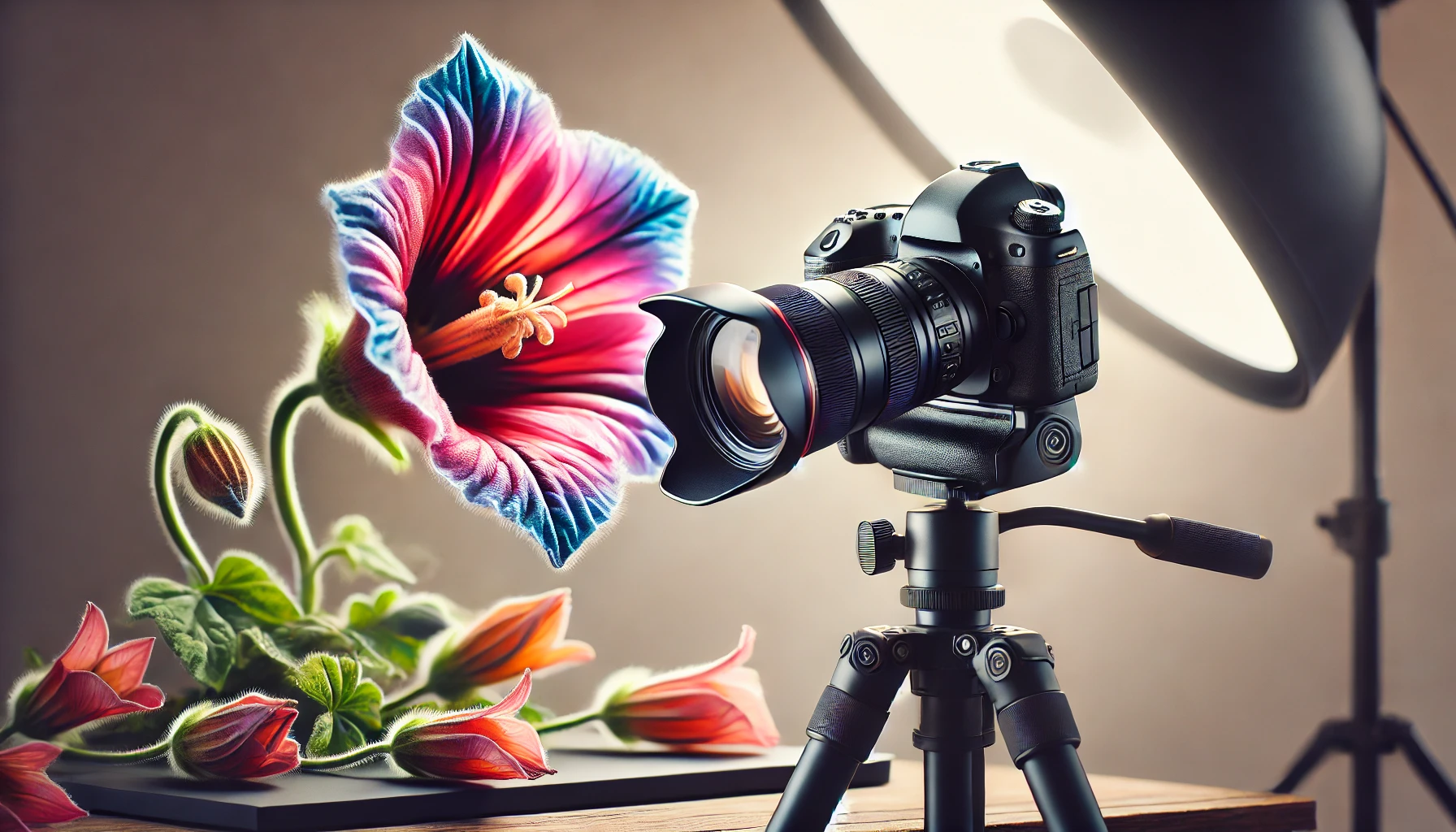Macro photography allows you to explore and reveal the intricate details of small subjects, such as insects, flowers, and textures, that often go unnoticed. It’s a fascinating genre that requires precision and creativity. Here’s a guide to mastering macro photography.
1. Invest in a Macro Lens
A true macro lens provides a 1:1 magnification ratio, capturing life-sized details of tiny subjects. Popular options include:
- 100mm f/2.8 Macro Lenses: Ideal for versatility and sharpness.
- 60mm Macro Lenses: Great for close-up work with smaller subjects.
Pro Tip: Extension tubes can convert regular lenses for macro use at a lower cost.
2. Stabilize Your Camera
Macro photography often involves extremely close distances and narrow depth of field, making stability crucial.
- Use a tripod to avoid camera shake.
- Consider a remote shutter release or camera timer to minimize vibrations.
Pro Tip: Use a focus rail for precise adjustments when shooting at high magnifications.
3. Optimize Lighting
Proper lighting highlights fine details. Ring flashes and diffused natural light work best.
- Natural Light: Provides soft illumination, ideal for flowers and outdoor settings.
- Artificial Light: Ring flashes or LED lights ensure consistent brightness.
Pro Tip: Use reflectors to bounce light into shadowed areas for even exposure.
4. Master Focus and Depth of Field
- Use manual focus for greater control.
- Opt for a narrow aperture (f/11–f/16) to maximize depth of field and ensure the subject is sharp.
Pro Tip: Focus stacking is a post-processing technique that combines multiple shots to increase sharpness across the subject.
5. Experiment with Angles and Backgrounds
Changing your angle can reveal hidden details and create unique compositions.
- Use simple, uncluttered backgrounds to keep the subject prominent.
- Try shooting against contrasting colors to make your subject pop.
Pro Tip: Carry small props, such as colored paper or cloth, to use as custom backgrounds.
6. Practice Patience
Macro photography often requires waiting for the right conditions or adjusting to minute changes in your scene. Be patient and prepared to experiment.
Pro Tip: Early morning is ideal for capturing insects, as they are less active and more cooperative.
Checklist for Macro Photography
- Is your subject well-lit and sharp?
- Does the background complement the subject?
- Have you explored multiple angles and perspectives?
Macro photography opens up a world of wonder and creativity, turning the smallest details into captivating works of art. With the right tools and techniques, you can bring hidden beauty to life.
